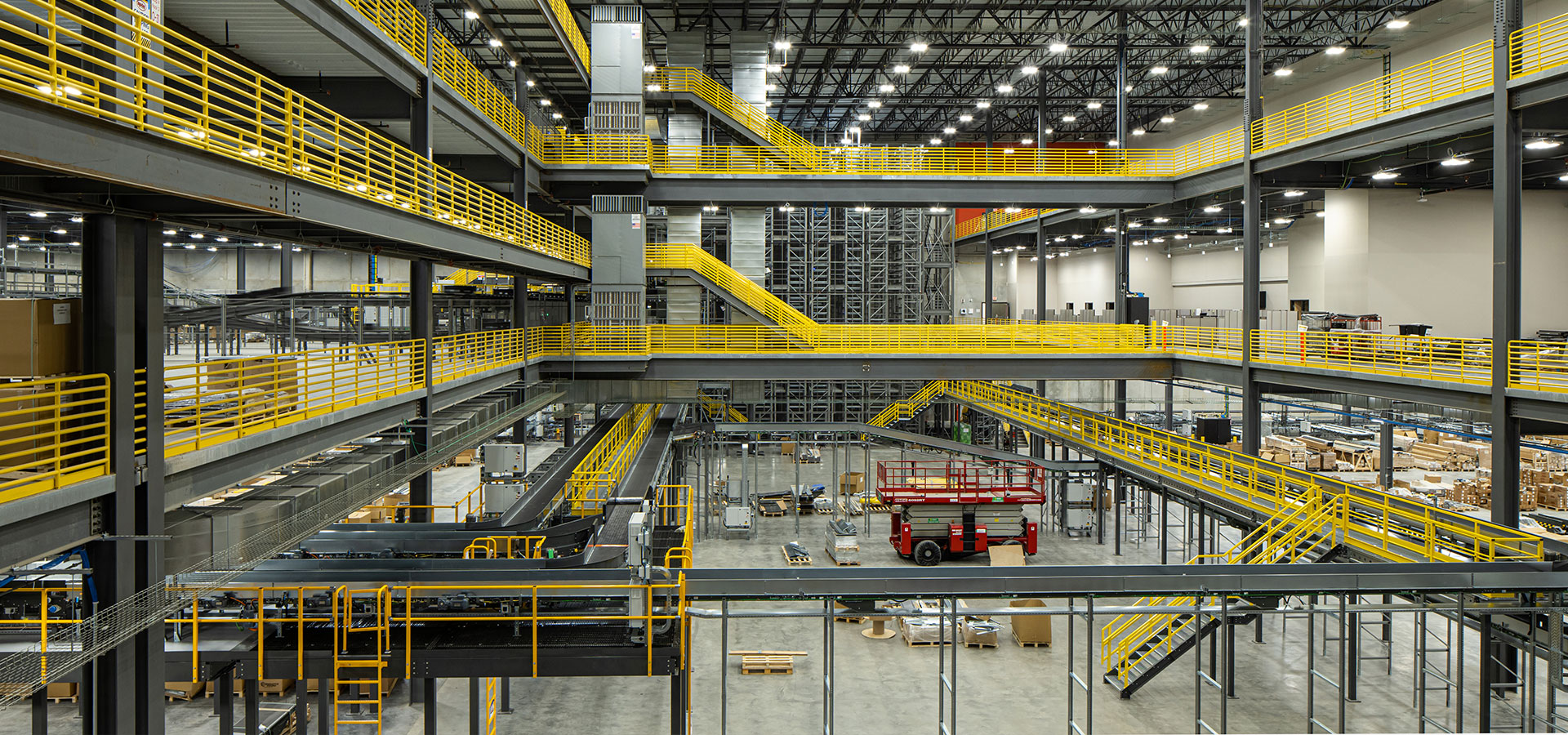Over the past six months, we’ve witnessed the COVID-19 pandemic accelerate the seismic shift in consumer expectations, and more people are shopping online than ever before. The food and beverage industry is no different, with online grocery sales expected to grow by 40% in 2020. This is prompting companies to redefine their entire distribution strategy to meet heightened demand and compete with established e-commerce retailers.
With over 30 years of operations experience with three of the country’s largest food distributors, my unique perspective helps us achieve our clients’ desired results for their new facilities in terms of site and building design and process flow.
Understanding e-commerce needs. As consumer behavior continues to shift toward online ordering, last mile distribution facilities are more important than ever. Two critical factors for successful last mile operations are transportation and demographics. Transportation is a driver, whether it is to distribute goods or access labor. For demographics, end-users target areas with high population growth, skilled labor and a deep consumer base.
These locations often involve complex land sites that pose construction challenges. Our professionals have extensive experience designing and constructing these facilities and have recently delivered over two million square feet of e-commerce distribution space.
Trends in automation. Automation is an essential component of any distribution facility. It helps mitigate labor shortages and costs while improving productivity and employee health and wellness. Technology such as automatic storage and retrieval (ASRS), satellite pallet vehicles, automatic truck loaders, robotic palletizing and automatic guided vehicles (AGV) are becoming more common in the food and beverage industry.
Automation was essential in our recent delivery for Digi-Key’s new Product Distribution Center Expansion in northern Minnesota. The 2.2-million-square-foot multi-level distribution facility features an automatic storage system that uses robotic shuttles for retrieving products. The project also included a fastbox, pick and pack stations, and inter-facility connection, all supported by over 25 miles of conveyors.
Forming a strong partnership with a general contractor that understands the macroeconomic issues facing distribution with knowledge of current trends in the food and beverage industry is important. At McShane, we view things from an end-user’s perspective and can serve as a valuable resource on your next distribution investment.
